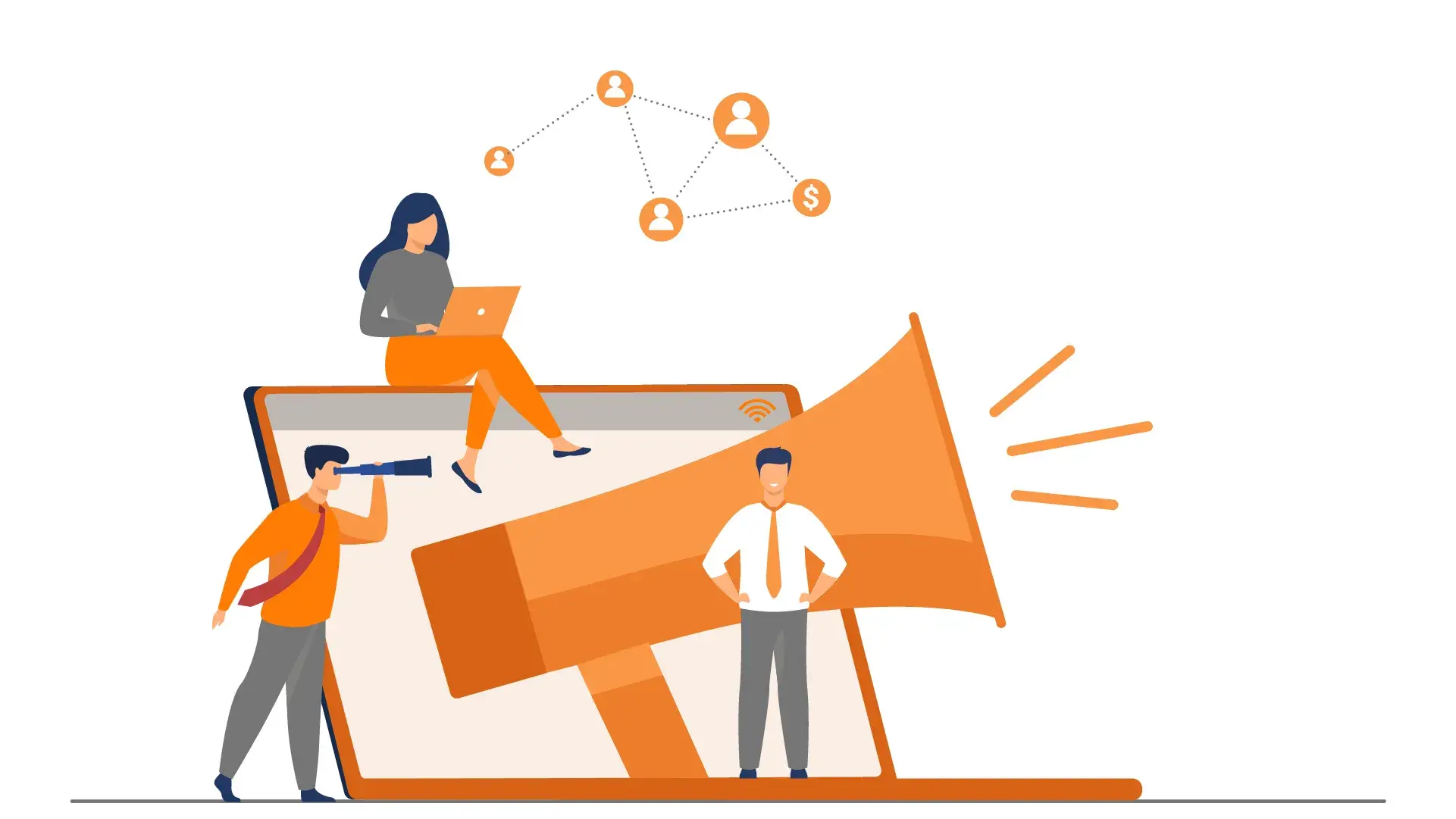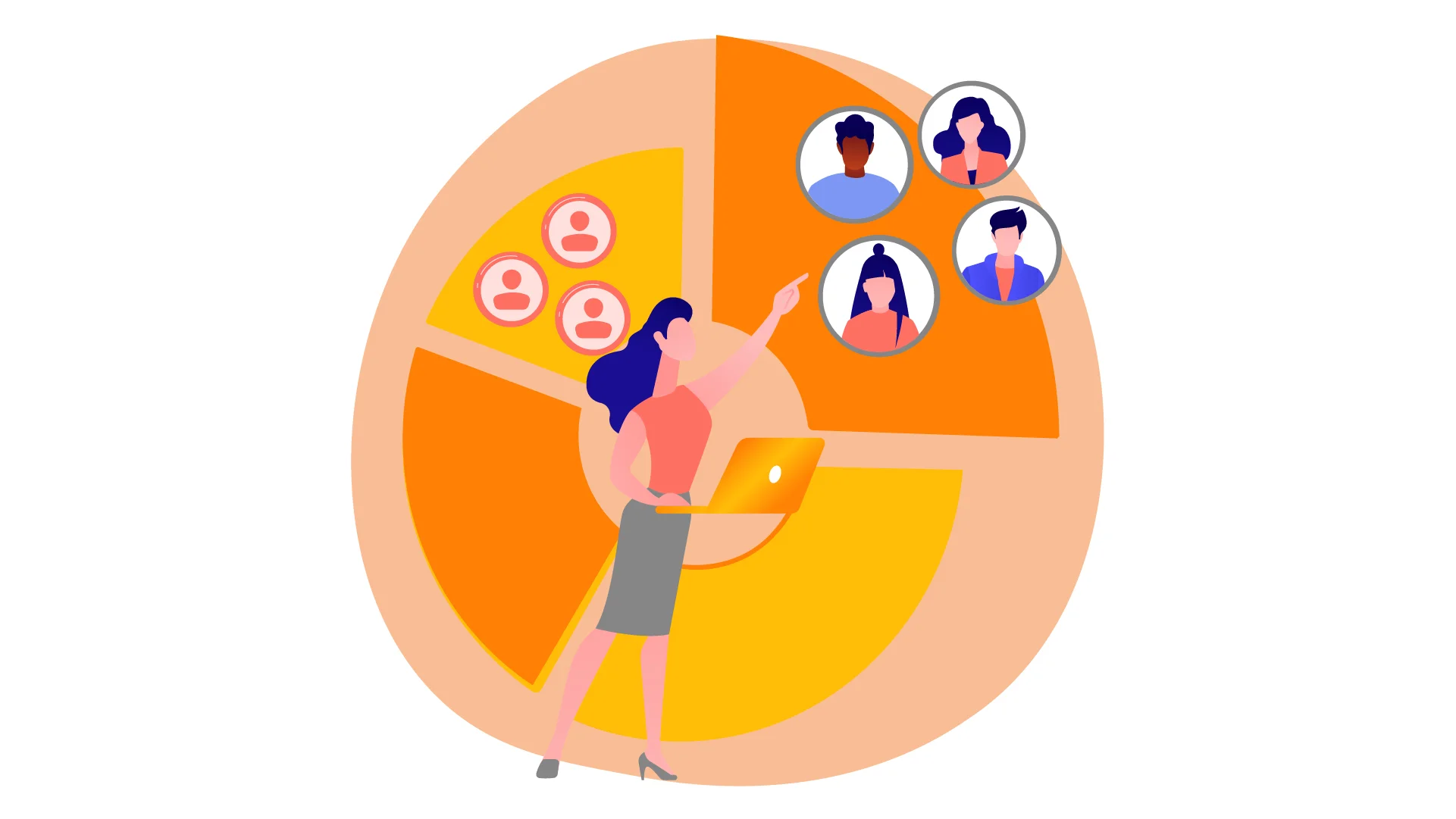
A few days ago, following an interesting interaction generated by a fantastic LinkedIn post by one of our strategic allies, whom I consider a true social selling guru, a question arose about how to approach the B2B audience in terms of communication: Should we talk about the what? The why? The how? Are these approaches mutually exclusive? Or is there a right time for each approach, within the audience’s experience with the brand and its expert spokespersons?
This can be a matter of debate, especially if you don’t have a funnel strategy. That’s precisely what funnels are all about: channeling demand from your niche market into a successful business relationship. However, our urgency to generate immediate sales ends up working against us, resulting in overly short experiences or purchasing journeys, in which we don’t allow our audience to feel truly ready and confident to start negotiating with us. Learn how you can improve the quality of your leads by lengthening your conversion funnel.
Okay, Guillermo, I understand that I need to lengthen my funnel. I know that I need to generate some intermediate layers of interaction that allow me to attract my niche through Lead Magnets, which in turn help me demonstrate that we are experts in the sector and convey the values of my business proposal. But this creates more problems for me:
If you’ve asked yourself that question, it means you’re beginning to understand the usefulness of this strategy. Communication is just as important as assets and funnel automation.

The 4 areas of communication of the Buyer Persona:
As a leader in your organization, you have surely faced the need to generate and even reformulate one or more sales pitches, or approaches to the value proposition of your services or products. Perhaps in that exercise, it was necessary to identify the needs of your Buyer Persona or ideal customer.
But defining the different areas of communication is not only useful for presenting the value proposition on a landing page. It should be the definitive guide that allows us to maintain the right connection and answer every question our audience may have throughout their journey.
1. Identify problems and needs.
This is perhaps the simplest activity, and therefore should be done first. Identifying the problems that your product or service solves for customers will allow you to tune in to their pain, which will help you strengthen bonds and generate identification.
2. Recognize your prospects’ frustrations.
It is illusory to assume that first-time customers are trying to solve their need just when you come along. Most likely, they have already tried solutions in the past, either on their own or with third parties. Learning to identify where the fault usually lies and letting your audience know will be the best message that the same thing will not happen to them again with you.
3. Overcome your fears.
Are you objective enough to recognize why your prospects don’t buy from you immediately? Why do they put it off until later? What objections do you usually encounter during the negotiation process?
We often believe that they will reject us because of a high price, when in reality the difficulty lies in the ease of payment. Learning to listen carefully will allow you to anticipate the most common objections, eliminating fear from the equation and speeding up the purchasing process. Success stories and testimonials are often a good example of how to overcome mistrust (a very common fear) when your brand is not sufficiently positioned.
4. Identify their main challenge.
If you have already done the exercise of recognizing the needs of your niche, you will have realized that your product or service can help solve each of them in one of the following ways:
It helps to DIRECTLY solve a specific need (Problem).
It INDIRECTLY contributes to solving the overarching need (Challenge).
It does not contribute to solving any need.
A very common example is the reason why an athlete buys running shoes. Their CHALLENGE is to compete at the level required by the event or competition, whether it is a sprint or a marathon. That CHALLENGE creates a SPECIFIC NEED, which would be to purchase a shoe of sufficient quality to meet the demands of that and future competitions.
Learning to identify the main challenge or ASPIRATION of your Buyer Persona will help you find a SLOGAN that will immediately and permanently connect them to your brand. Nike understands this very well with its slogan “Just do it.”
Identifying the Challenge or Aspiration will also help you develop the right branding scenario, as Coca-Cola has done so effectively, practically making Santa Claus and Christmas in general a trademarked object and scenario.
Review your funnel scheme. Whether it’s called a funnel, cycle, or spiral, whatever it is, it must cover each of these areas progressively:
• Challenge
• Problem
• Frustration
• Fear
If you’ve made it this far, your problem is surely no longer acquisition and conversion. But we’ll talk about that later.
Do you think it’s necessary to identify your buyer persona and connect immediately with your brand? Go ahead and schedule a completely free consultation.